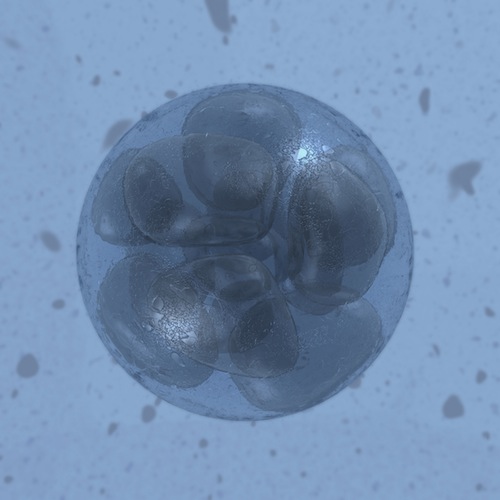In high school, sex ed teachers may have told you that you could easily get pregnant any time you had unprotected sex. Now that you’re actually trying to conceive a baby, you might be second-guessing their warning. In some situations, it takes more than just throwing out your birth control to get pregnant. The better you understand your menstrual cycle the more likely you’ll be to identify your fertile window and increase your chances of conception:
The Average Menstrual Cycle
The average woman will have a 28-day menstrual cycle, with ovulation occurring around cycle day 14. However, there are wide variances in the normal cycle. According to Womenshealth.gov, a normal cycle can last anywhere from 21 to 35 days long, and ovulation can occur anytime between cycle day 13 and cycle day 20. After an egg is released and ovulation occurs, women who have a normal cycle will have a period within 14 to 16 days. If you’re thinking about trying to conceive, consider keeping a calendar of when you get your period each month to understand what the normal cycle length is for you.
Signs of Ovulation
Ovulation is notoriously difficult to predict, largely because it does not always occur on the same day each month. Keep an eye out for signs of ovulation as you approach the middle of your cycle each month. Some women feel cramping around the time that they ovulate, while others will notice a change in cervical mucus. According to the Mayo Clinic, cervical mucus becomes clear and slippery just before ovulation occurs. It is sometimes said to resemble a raw egg white. Take note of your cervical mucus consistency throughout the month to help you have an idea of when you’re going to ovulate.
Chart Your Fertility
Charting is a great way to identify your own personal cycle patterns and discover when your fertile window is each month. If you chart for several months, you will often notice that a pattern emerges. According to Womenshealth.gov, there are three main methods for charting your fertility:
- Test your basal body temperature using a basal body thermometer
- Calculate ovulation using an online ovulation calculator
- Track your cycle by monitoring your cervical fluids
Consider combing all three methods to get an accurate idea of when you’re most likely to conceive each month.
Causes of Infertility
Many factors contribute to infertility, including age, general health disorders and environmental surroundings. According to Womenshealth.gov, the most common cause of infertility is a woman’s failure to ovulate each month. Web MD notes that there are a variety of treatments available to treat infertility. There are fertility drugs on the market designed to stimulate ovulation. In addition, women can undergo fertility treatments like in vitro fertilization. During in vitro fertilization, eggs are removed from the woman and a male partner donates sperm. The egg is fertilized and then subsequently implanted into the woman’s uterus resulting in pregnancy. If you feel you may have fertility issues, set up an appointment with your doctor.




